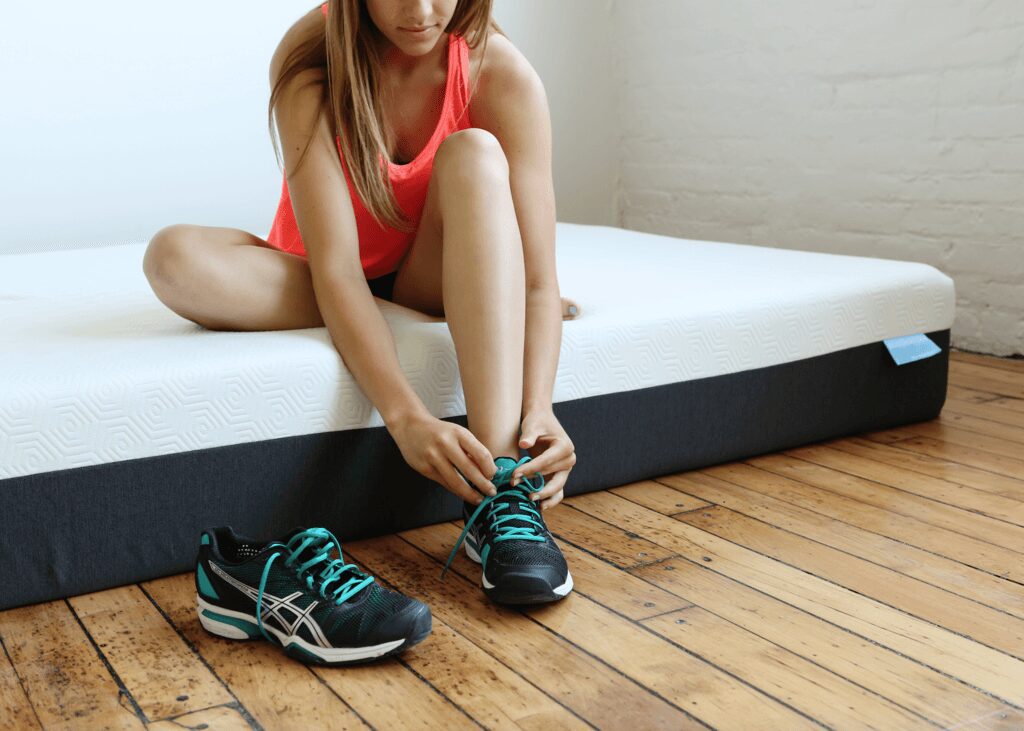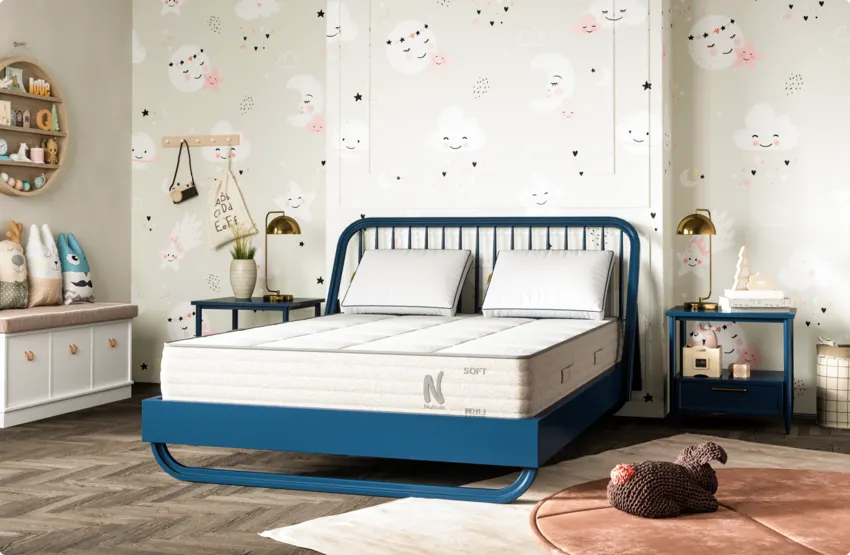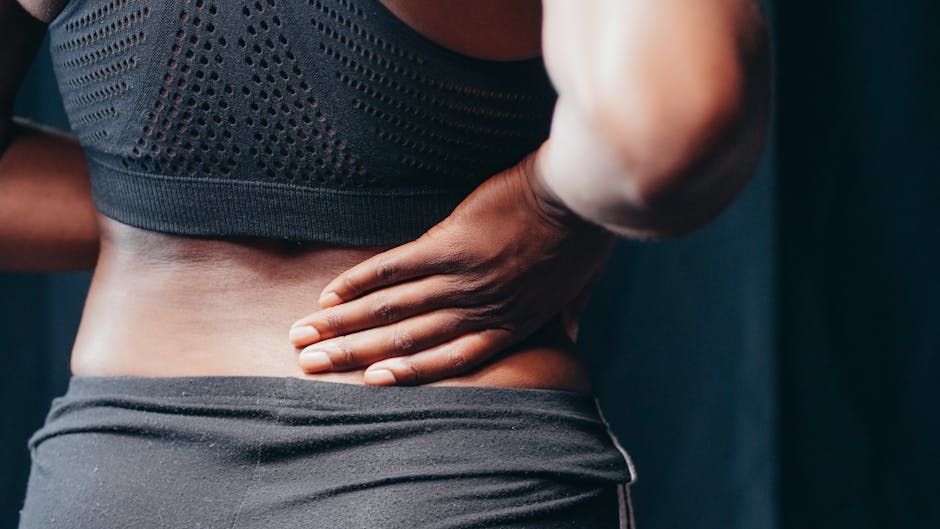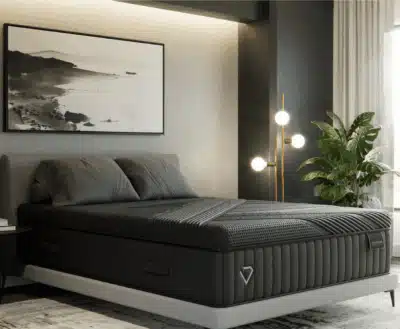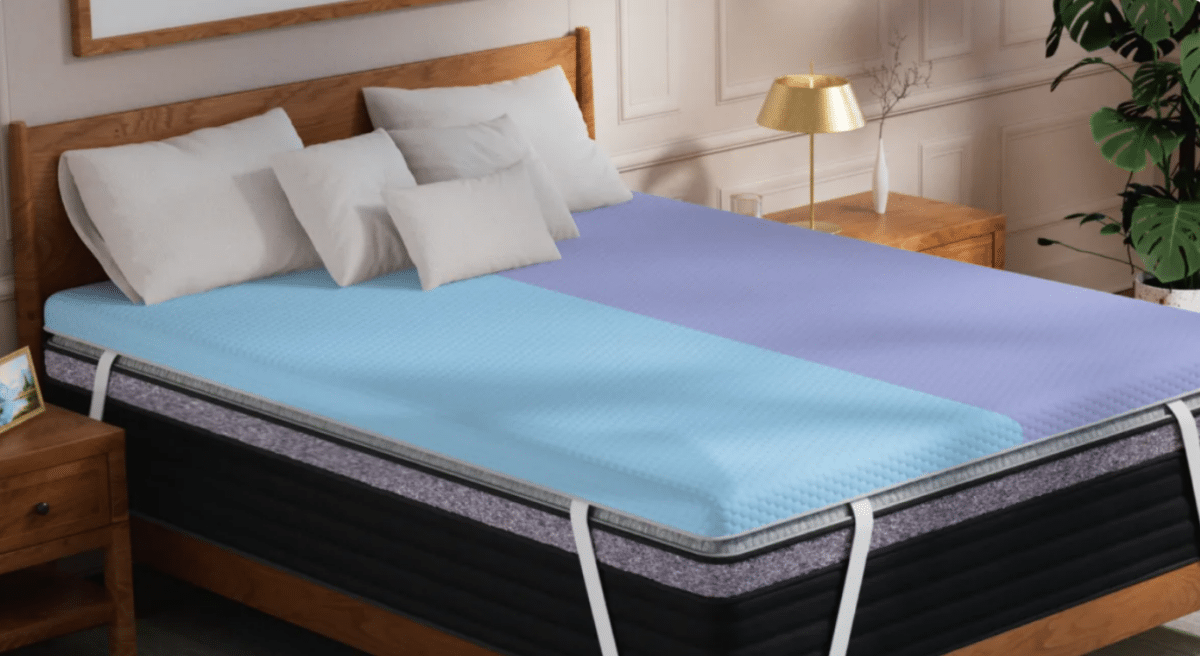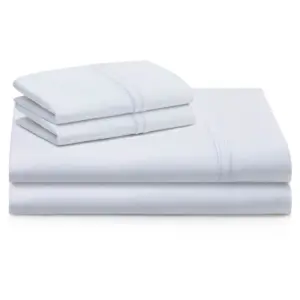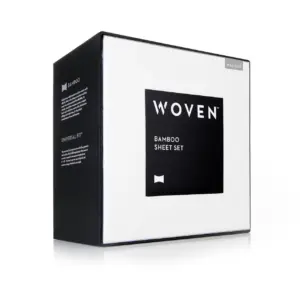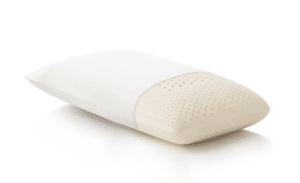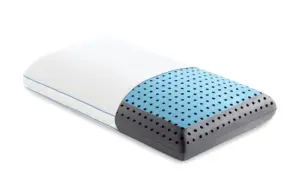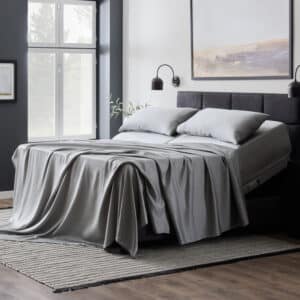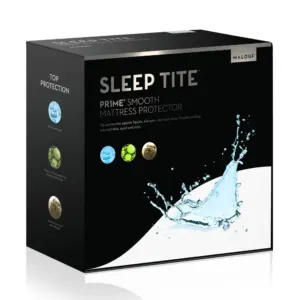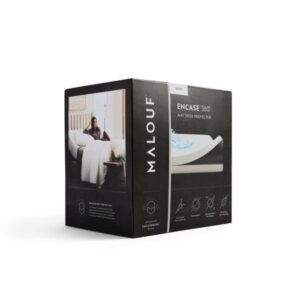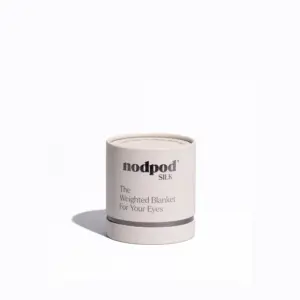Winters usher in a world of cozy memories: chilly mornings spent snuggled with a blanket and a warm cup of coffee while marveling at the frosty landscape outside. The intimate comfort of being wrapped in a blanket as the cold winds howl is indeed one of the season’s highlights. Yet, traditional blankets can be unwieldy. They slip away and hinder movement, making it impractical to carry out daily tasks while keeping warm. This is where wearable blankets come into play. These innovative garments combine the beloved qualities of a blanket with the ease of a cozy sweater, delivering both comfort and practicality.
The Appeal of Wearable Blankets
With the growing popularity of wearable blankets, you’ll find a plethora of options on the market. From various sizes and colors to a range of designs—plush, lightweight, minimalist, or extravagant—you can easily personalize your comfort experience. However, the vast selection can be overwhelming. This article provides guidance on the benefits of wearable blankets, essential factors to consider, and a curated list of the best options available today.
Understanding Wearable Blankets
If you’ve yet to explore the world of wearable blankets, you’re missing out on unparalleled comfort. These blankets are uniquely designed to drape over your body like a cozy sweatshirt, allowing for complete freedom of movement without sacrificing warmth. Unlike a traditional sweater, which may feel restrictive, a well-crafted wearable blanket invites relaxation.
Also referred to as “blanket sweatshirts,” these snug garments may be knee-length or full-length, often featuring arm sleeves and hoods for added warmth. Their versatility means they cater to lounging at home or stepping outside, blending function with comfort.
Types of Wearable Blankets
The market is rich with various types of wearable blankets, each distinguished by fabric, design, and features:
Material Matters
– Polyester: Often used as a base material, polyester is lightweight, durable, and cost-effective. It’s resistant to wrinkles, making it a practical choice.
– Fleece: A favorite among users, fleece offers exceptional warmth without bulk. Its soft texture mimics wool while being suitable for those with wool sensitivities.
– Microfiber: Similar to fleece, microfiber offers a smooth touch and is easy to maintain. However, it may not be breathable, making it less ideal for those prone to sweating.
– Acrylic: This synthetic option resembles cashmere and fur in feel, offering a luxurious texture. Many wearable blankets blend acrylic with polyester for a balance of comfort and durability.
– Wool: The warmest option, wool is perfect for those living in colder climates, but it can provoke allergies and is often more challenging to wash.
Design Varieties
Wearable blankets come in multiple designs:
– Full-Arm and Leg Sleeves: Similar to a bodysuit, these blankets provide complete coverage.
– Only Arm Sleeves: Offering arm warmth while leaving the legs free, these styles are convenient for movement.
– Sleeveless Options: The most versatile choice, allowing for freedom of movement but providing less warmth.
Care and Maintenance
Treat wearable blankets like clothing—they require regular washing to maintain hygiene. Most are machine washable, especially those made from synthetic fabrics. Opt for cold water and tumble dry on low to prolong their lifespan, or choose to air dry for extra care.
Choosing Your Ideal Wearable Blanket
Selecting the best wearable blanket hinges on personal preferences. Consider the following factors:
– Warmth: Evaluate your need for warmth; fleece is excellent for extra coziness while acrylic offers moderate warmth.
– Weight: Some users prefer lightweight materials; microfiber is the lightest, while wool and acrylic offer more heft.
– Feel and Touch: Since these blankets rest against your skin, opt for materials that feel pleasant against your body.
– Comfort: Above all, go for designs that grant high comfort levels.
– Size: Choose a blanket that fits your body comfortably without clinging too tightly.
– Budget: Set a spending limit before you shop. Thankfully, many options are budget-friendly given the availability of synthetic materials.
– Return Policy: Familiarize yourself with the product’s return or exchange policy in case sizing or fabric doesn’t meet your expectations.
Top 5 Wearable Blankets to Consider
1. Pavilia Premium Fleece Blanket with Sleeves
– Pros: High-quality fleece, multiple design options, comfortable wide sleeves.
– Cons: May feel too thin for extreme warmth.
2. CozyRosie Wearable Blanket with Sleeves and Buttons
– Pros: Features soft sherpa lining and bright patterns.
– Cons: Limited color choices, potential shedding.
3. Catalonia Wearable Blanket
– Pros: Variety of color options, includes foot sleeves for added warmth.
– Cons: Lacks a secure closure.
4. The Comfy Original Wearable Blanket Sweatshirt
– Pros: Suitable for outdoor use, machine washable, multiple color selections.
– Cons: Reports of receiving damaged products.
5. Tirrinia Poncho Wearable Blanket
– Pros: Versatile design, can be used as a regular blanket.
– Cons: Fabric may fray over time.
Frequently Asked Questions
Are wearable blankets safe for babies?
Only specially designed sleeping sacks for infants are safe; adult-sized wearable blankets can be too heavy or warm.
Which wearable blanket is the best?
The best option varies for each individual based on personal needs, style, and comfort preferences.
Do you need to wear anything under a wearable blanket?
This depends on comfort; some prefer layers to retain warmth, while others opt for lighter attire underneath.
Conclusion
With an expansive range of styles and materials, wearable blankets offer an inviting solution to chilly winter days and nights. Investing in one of these cozy garments can bring you the warmth and comfort you long for, making winter not just bearable but enjoyable. Whether you seek something lightweight or overwhelmingly plush, there’s a perfect wearable blanket waiting for you to discover.


